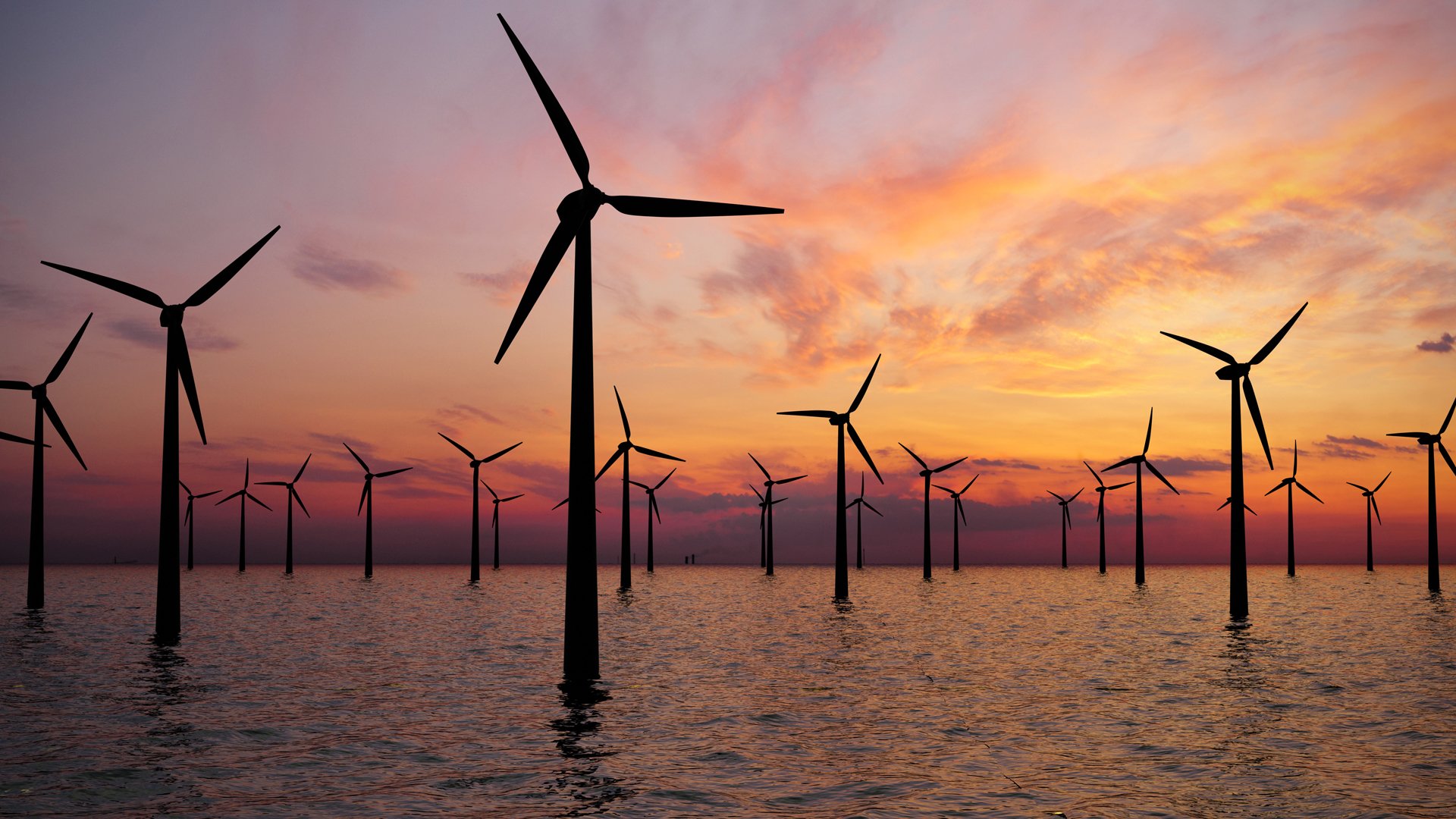Understanding offshore wind and the integral part it plays in the decarbonisation of the UK’s energy sector
Introduction
This article forms part of the Renewable Energy series under Sustainable Development Goal (SDG) 7 of the United Nations. Target 7.2 commits the UK to ‘increasing the share of renewable energy’ in the global energy mix, primarily through the development and deployment of clean, sustainable energy. The 2019 National Review Paper of the SDGs specifically highlights investment in offshore wind as a key mechanism for increasing the UK’s renewable generation capacity in line with its global commitments.
In the wake of COP27, all eyes were once again turned to the issue of climate change and specifically, what the UK is doing to tackle it. In 2021, the UK released its ‘Net Zero Strategy’ which not only committed the UK to a legally binding target of ‘net-zero’ by 2050, but also to complete decarbonisation of the energy sector by 2035. One of the UK government’s most effective tools for achieving this target is offshore wind energy, with 50GW of offshore wind production projected for 2030.
Why is this important?
The United Kingdom is uniquely well-situated geographically to capitalise on offshore wind, with it enjoying the ‘greatest wind energy potential in Europe’. With the UK being the current world leader in offshore wind generation, the sector has undergone exponential growth over the past decade (with wind power growing 715% from 2009 to 2021). Since wind energy is inexhaustible and the turbines used in its generation have relatively low maintenance costs, offshore wind in the UK has major potential to transform the UK’s electricity market and accelerate its push to net zero.
What does the future look like?
The future of offshore wind production in the United Kingdom is promising, with growth in this sector showing no signs of slowing. In 2021 alone, the UK installed over 2.3 GW of new generation capacity which made up 70% of total installations in Europe that year. According to a recent press release by the Offshore Wind Industry Council, the private sector will invest £60.6bn into offshore wind projects across the next 5 years, with this representing an ‘average annual investment will be £10.1bn between 2021 and 2026’. This rapid expansion of the offshore energy market also represents huge employment-related benefits, with the sector expected to increase its number of green jobs from ‘26,000 currently to over 69,800 by 2026’.
Keith Anderson, the chief executive of Scottish Power, said:
There is “no shortage of capital or investor appetite in offshore wind but the pace and scale of the industry’s growth will depend on the government’s ability to grant new seabed licences and project contracts at record speed”.
Could floating offshore wind be the future?
One of the main challenges to traditional offshore wind projects is the depth of the water that the turbines can be deployed in, with the government indicating that somewhere between 20-30 meters is the limit for these projects. In response to this, key players in the energy sector have developed floating offshore wind farms which, since they are moored to the bottom rather than directly attached, may be deployed at any depth.
One of the most exciting developments in this area is that of the ‘MarramWind’ project which is set to be located 75m of the coast of Scotland in sea depths of over 100m. The project is expected to deliver 3GW of clean renewable energy which can ‘power the equivalent of more than 3.5 million homes’.
The government has also announced an additional £31m in funding to drive innovation for floating offshore wind projects and place them in deeper seas, where the winds are often strongest. Ex-Energy Minister Greg Hands said:
“We are already a world leader in offshore wind and floating technology is key to unlocking the full potential of the seas around Britain”
Conclusion
As a result of the UK’s geographical positioning, it is uniquely well-placed to capitalise upon the huge potential that offshore wind represents. The Government already has ambitious plans in place to utilise offshore wind to accelerate its drive towards net zero and achieve its legally binding climate targets. Whilst still in its development stage, floating offshore wind farms may well be the future of clean energy generation in the UK and its exponential growth in recent years shows no signs of slowing.
By Joseph Trim


